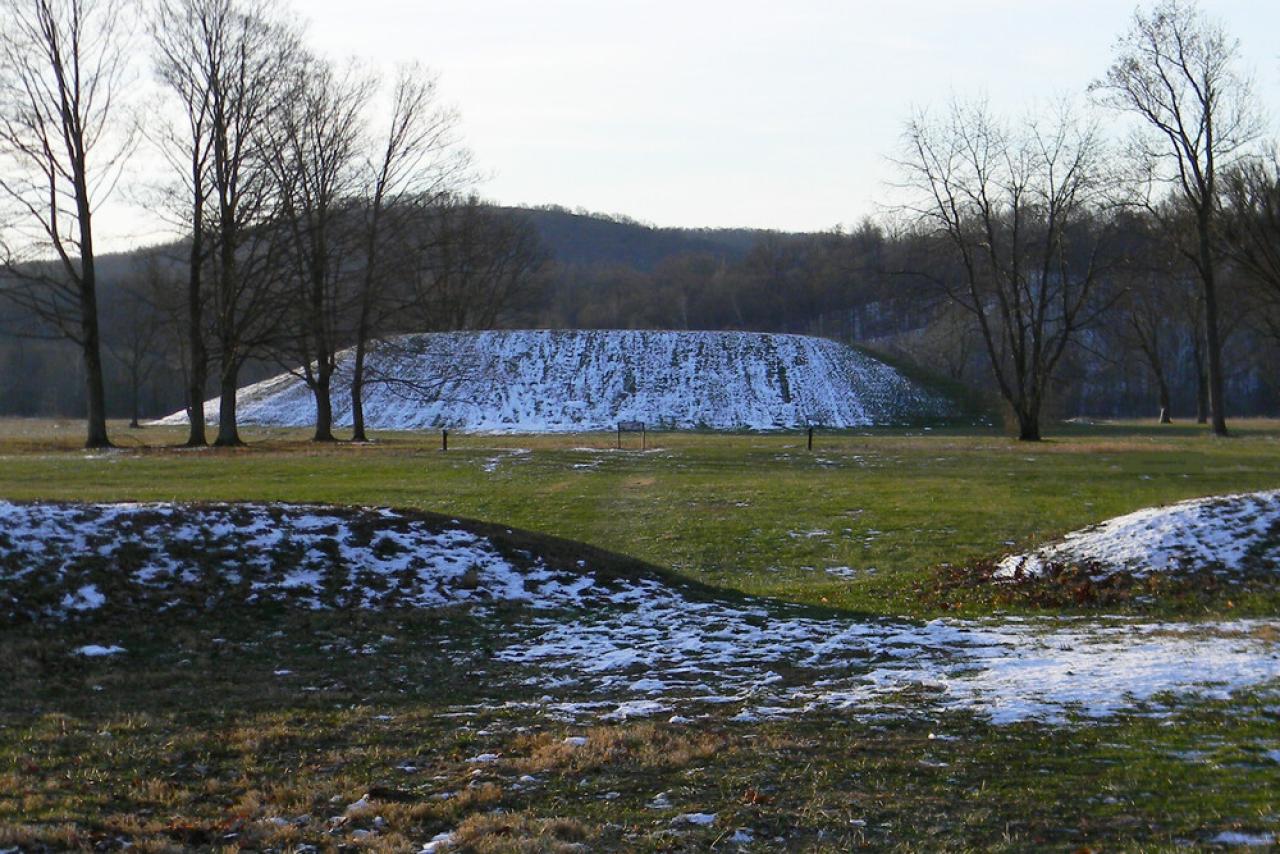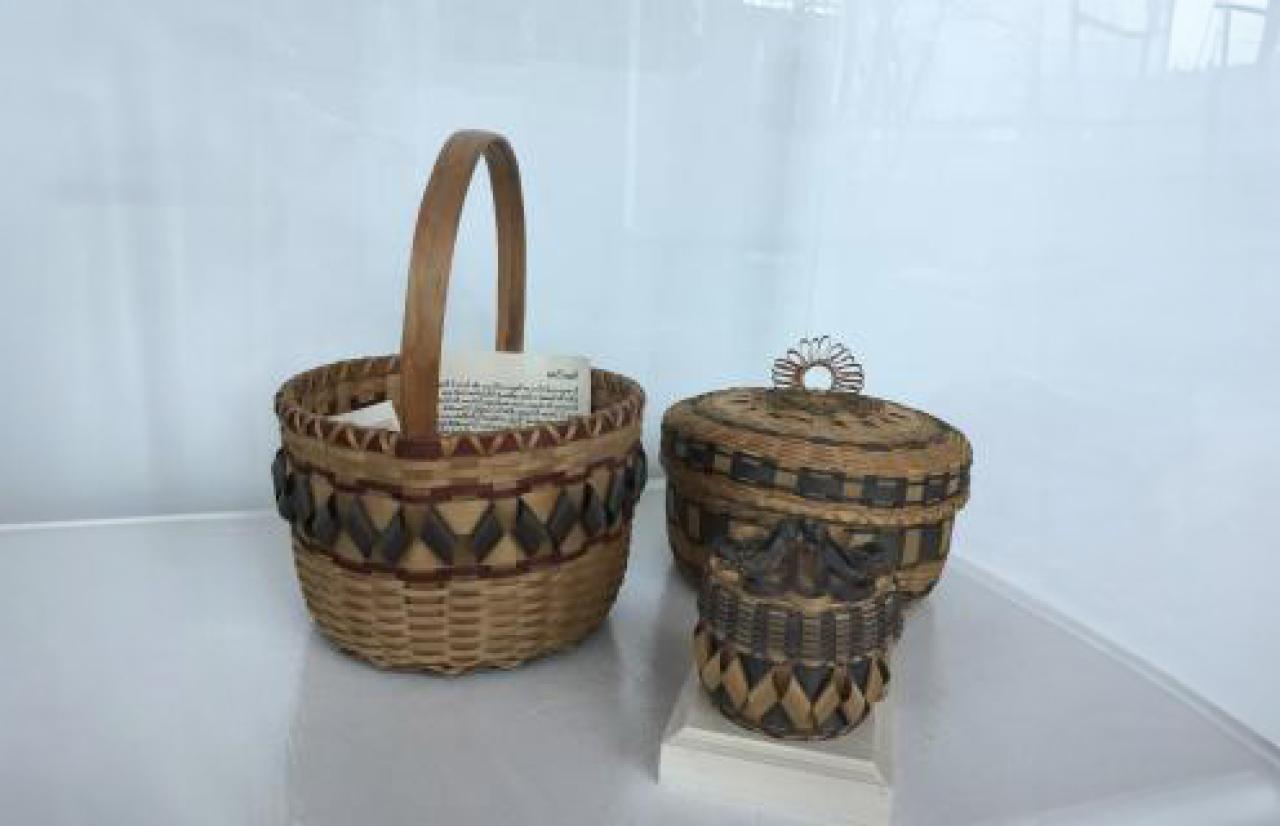Explore present-day stewardship of Native American culture and art, including the impressive collection of Diné (Navajo) weavings at the Kennedy Museum of Art, as well as the voices of innovative communicators looking to change perceptions about Native American peoples and powerful leaders, such as Chief Glenna Wallace of the Eastern Shawnee Nation whose ancestors were displaced from these lands.
And discover the value of moving beyond traditional Eurocentric understandings of the humanities to explore the first humans to inhabit this region and North America more broadly.
The curators extend special thanks to John N. Low, Ph.D., Citizen of the Pokagon Band of Potawatomi and Director of the Newark Earthworks Center, Ohio State University Newark Campus, for his advice and review of this exhibit.
For more information, visit Ohio University's The Charles J. Ping Institute for the Teaching of the Humanities.


